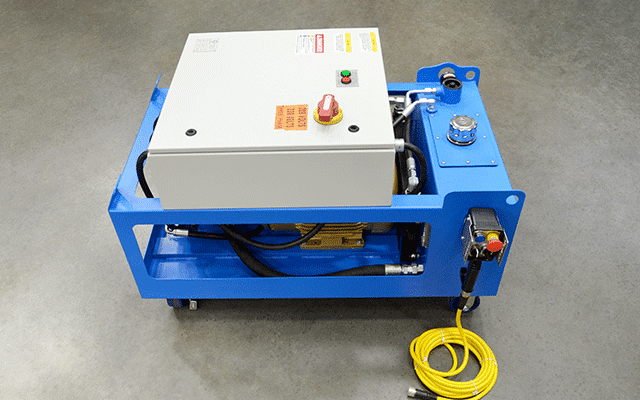Capex set to cross pre-Covid levels; household expenditure, consumption lag
According to the first progress estimates of national cash flow introduced by the Nationwide Statistical Business (NSO) on Friday, govt intake expenditure and over-all expenditure for financial yr 2021-22 (FY22) are projected to cross the pre-pandemic degree of FY20. Having said that, residence expenditure and intake nevertheless haven’t recovered to that degree.
In absolute inflation-altered phrases, real gross preset money formation (GFCF) is projected at Rs forty eight.five trillion for FY22, in contrast with provisional estimates (PE) of Rs forty two.two trillion in FY21 and Rs forty seven.three trillion in FY20. Governing administration ultimate intake expenditure (GFCE) is envisioned to come in at Rs 17.1 trillion for FY22, in contrast with PE of Rs fifteen.nine trillion in FY21 and Rs fifteen.4 trillion in FY20.
Having said that, personal ultimate intake expenditure (PFCE), a proxy for residence paying out and intake, is projected at Rs eighty.8 trillion for FY22, in contrast with Rs 75.6 trillion for FY21 and Rs 83.two for FY20.
This implies that even with a potent recovery in FY22 from the contraction previous fiscal, intake recovery has not been wide primarily based.
In share phrases, for which nominal gross domestic item (GDP) is thought of rather of real GDP, the share of PFCE in FY22 GDP is projected to be 57.five per cent, in contrast with fifty eight.6 per cent in FY21 and 60.five per cent in FY20. The share of GFCE is projected at 12.two per cent of FY22 real GDP, in contrast with 12.five per cent in FY21 and 11.two per cent in FY20. This reveals that the government’s money and earnings expenditures have propelled economic activity considering the fact that the pandemic’s outbreak.
“It mainly reveals the role of fiscal policy in reviving growth. Through a combination of fiscal transfers and true paying out, the govt is actively playing a a lot more proactive role,” explained Rahul Bajoria, India main economist of Barclays.

GFCF’s contribution to GDP is projected to be 29.6 per cent in FY22, in contrast with 27.1 per cent in FY21 and 28.8 per cent in FY20.
Analysts explained with personal expenditure down and states concentrating on welfare strategies instead than money expenditure, the projection for FY22 could be unfounded.
“The simple fact that personal intake is nevertheless comparatively weak, is maybe a sign that there is nevertheless some slack in the labour marketplaces,” Bajoria explained.
Soumya Kanti Ghosh, main economic advisor of the Condition Financial institution of India, explained personal and govt intake expenditure are probably to present larger growth, generally since of the small base of previous yr.
“Even expenditure desire, which took the greatest brunt previous yr with double-digit contraction, is envisioned to witness strong growth of fifteen per cent. Having said that, the maximize in stock implies that desire nevertheless has to pick up meaningfully. Even imports have developed larger than exports, implying larger domestic absorption and expenditure desire,” Ghosh explained.
 Dear Reader,
Dear Reader,
Business enterprise Regular has always strived really hard to deliver up-to-day information and commentary on developments that are of fascination to you and have wider political and economic implications for the nation and the environment. Your encouragement and continual responses on how to make improvements to our offering have only manufactured our solve and determination to these beliefs much better. Even throughout these difficult situations arising out of Covid-19, we continue to continue to be committed to maintaining you informed and updated with credible news, authoritative sights and incisive commentary on topical challenges of relevance.
We, however, have a request.
As we battle the economic impact of the pandemic, we need to have your aid even a lot more, so that we can continue to present you a lot more top quality written content. Our membership product has found an encouraging reaction from a lot of of you, who have subscribed to our on-line written content. Far more membership to our on-line written content can only aid us reach the targets of offering you even far better and a lot more relevant written content. We imagine in free of charge, reasonable and credible journalism. Your aid by means of a lot more subscriptions can aid us practise the journalism to which we are committed.
Assistance top quality journalism and subscribe to Business enterprise Regular.
Electronic Editor







